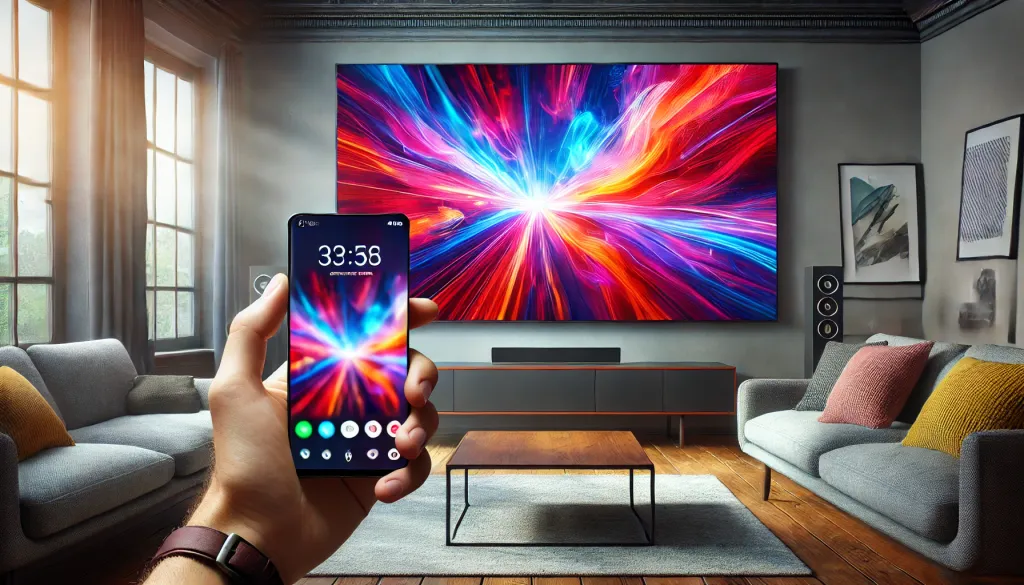
Sony is working on revolutionary RGB LED technology – is this the end of Sony's OLEDs?
Sony is preparing something completely new for fans of the highest quality image. The Japanese giant has just unveiled details about its new screen backlighting technology, which uses RGB LED. What exactly is behind this name and what changes could it bring to the television market?
What is RGB LED?
The RGB LED technology is an advanced screen backlighting system that uses LEDs in three basic colours: red, green, and blue (RGB – red, green, blue). By allowing independent control of each LED, it is possible to achieve much more precise colour reproduction and higher contrast than in traditional LED TVs. This means more realistic, vivid, and visually appealing experiences.


Brightness
Sony promises impressive peak brightness at 3000 nits (around 3000 cd/m²), placing these screens close to professional studio monitors. As a result, the new TVs should deliver extraordinary HDR effects. The prototype shown at the conference featured as many as 32,000 individual RGB LEDs and 4000 local dimming zones.
Contrast
Sony declares that the new technology will be based on an advanced version of the XR Master Backlight Drive system, known from earlier models like the Sony Bravia 9. It is meant to guarantee excellent contrast control; however, it is worth noting that even the best Mini-LED backlit TVs are not completely free from the so-called halo effect (blooming). Sony explains that in RGB LED technology, this effect will take on a more “natural” form, as instead of a traditional white halo around bright points, it will appear in the colour of the object on the screen.
To better illustrate this, let’s imagine driving a car at night – when we look at the traffic signal lights, there is a gentle glow around the lamp in the same colour as the light itself. The same will happen with RGB LED TVs, where, unlike traditional LCD TVs with local dimming, this effect would take on a blue or grey hue. Unfortunately, at this moment we cannot verify this in practice, as Sony did not allow for any tests or recordings during the presentation.


Colour Reproduction
The biggest advantage of RGB LED technology according to Sony is the ability to precisely reproduce colours. The manufacturer announces coverage of the DCI-P3 colour space at over 99% and around 90% BT.2020. The new screens are set to handle colours with medium brightness and saturation better, which may provide an advantage over OLED screens.



Viewing Angles
At present, Sony has not provided detailed information regarding the viewing angles in the new RGB LED televisions. However, due to the nature of this technology, it can be assumed that they will be wide and will allow for comfortable viewing of the image from various positions, without significant loss of quality, similar to OLED televisions.
When is the premiere?
Unfortunately, we'll have to wait until 2026 for the first televisions with RGB LED technology from Sony. The manufacturer has not revealed which models will be showcased in 2025, but all signs suggest that they will continue last year's line of devices. Has Sony completely abandoned OLED technology in their flagship models? And if so, do you think it's a good move from the Japanese? Let us know! In the meantime, we invite you to our review of Sony Bravia9!
Source: Sony
 Tomasz Wadowski
Tomasz Wadowski













